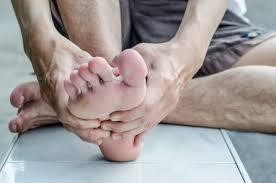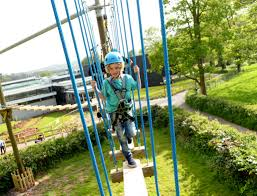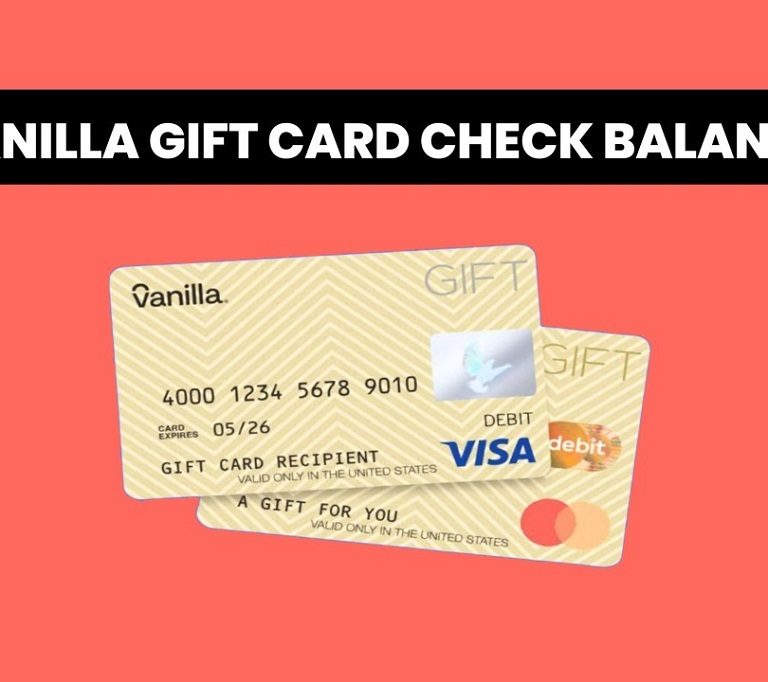Skateboarding is an art that blends precision, practice, and creativity. The way your feet interact with the skateboard is often overlooked, but making subtle foot placement changes can lead to remarkable improvements in control, balance, and trick execution. Whether you’re a seasoned skater or a beginner, understanding the intricacies of foot positioning can elevate your performance. Let’s explore the power of subtle adjustments and how they can optimize your skateboarding experience. Before diving into specifics, explore Skate Board Trends to stay updated on the latest techniques and gear.
Why Foot Placement Matters in Skateboarding
Foot placement is the foundation of skateboarding. Every trick, every turn, and every movement on a skateboard begins with your stance. Subtle adjustments in how your feet are positioned can impact:
- Balance: A slight shift can stabilize or destabilize your ride.
- Control: Proper placement allows for precise movements during tricks or turns.
- Comfort: The right stance reduces fatigue during long rides.
A study published by the Journal of Sports Science and Medicine highlights that small positional changes in sports requiring balance, such as skateboarding, can improve overall performance by up to 15%. The key is knowing when and where to make these adjustments.
Mastering Your Stance: Understanding the Basics
Your stance forms the core of your skateboarding style. Whether you’re regular or goofy-footed, the position of your front and back feet determines your ability to maneuver effectively. Here are the most common stances:
- Regular Stance: Left foot forward, right foot controls the back.
- Goofy Stance: Right foot forward, left foot at the back.
- Mongo Push: Pushing with the back foot instead of the front, often less stable for tricks.
Proper foot placement in each stance ensures smoother rides and sets the stage for making nuanced adjustments.
Subtle Foot Placement Adjustments for Tricks
-
The Ollie: Master the Launchpad of Tricks
The Ollie is a fundamental trick, and precise foot placement makes all the difference. For optimal execution:
- Place your back foot on the tail with the ball of your foot centered.
- Position your front foot near the middle of the deck at a slight angle.
This positioning allows you to pop the tail with power while sliding your front foot smoothly up the grip tape. Small tweaks, like angling your front foot more steeply, can add height to your ollie.
-
Kickflips: The Art of Rotation
Kickflips rely on subtle changes in the angle of your front foot. Position it just behind the front bolts with your toes slightly hanging off. This creates the perfect flick point. Avoid placing your back foot too far forward, as it reduces the board’s spin.
According to professional skater Jamie Foy, “The secret to a perfect kickflip is in the details—control your flick, don’t overdo it.”
-
Heelflips: Focus on Foot Angle
For heelflips, your back foot remains on the tail, while your front foot’s heel should extend slightly over the edge of the deck. Adjusting the tilt of your front foot determines the flip speed. The less your foot overlaps the deck, the faster the board rotates.
Foot Placement Tips for Better Balance
Adjusting for Stability
Shifting your feet slightly wider or narrower can improve balance during cruising. For added stability, position your feet closer to the bolts. This distributes weight more evenly, minimizing wobble.
Foot Placement in Transition Skating
Riding ramps and bowls requires adjusting foot positions frequently. Keep your back foot near the tail for swift pivots, while your front foot stays closer to the bolts for balance. Professional skaters often recommend inching your back foot forward slightly to maintain better grip during fast descents.
Common Mistakes in Foot Placement
Overreliance on the Tail
Beginners often stand too heavily on the tail, leading to less control and uneven weight distribution. Instead, balance your weight between both feet.
Ignoring Front Foot Position
The front foot often dictates the board’s movement. Misplacing it can result in botched tricks or loss of speed. Focus on keeping it angled slightly forward for a natural flow.
Tactics Skate Brands Similar Shop Suggestions
When refining your foot placement, having the right board setup is crucial. Brands like Powell-Peralta, Enjoi, and Baker offer decks designed for optimal foot placement and control. You can explore reviews of such brands by clicking on https://skateboardtrends.com/reviews/best-online-skate-shop/.
How Subtle Changes Improve Ride Comfort
Relieving Foot Fatigue
Improper placement can strain your feet, especially during extended rides. Adjusting your stance periodically distributes pressure evenly, preventing discomfort.
Enhancing Grip
For longboarding or downhill skating, placing your feet closer to the deck’s edges improves grip, allowing for smoother carves and tighter turns.
Training for Better Foot Placement
Practice on Flat Ground
Start with basic maneuvers on a flat surface, focusing on shifting foot positions for different tricks or movements.
Film Yourself
Recording your sessions helps analyze your foot placement and identify areas for improvement.
Skate with Friends
Skating with peers offers valuable feedback and inspiration for making effective adjustments.
Subtle Foot Placement Changes for Better Skateboard Control
Skateboard control is directly linked to the subtle ways you interact with your board. For instance, positioning your front foot slightly backward on landings absorbs impact better, reducing strain on your knees. Small adjustments like these might seem insignificant, but they can significantly impact your performance and longevity as a skater.
You Might Enjoy: What Do You Need to Know About Athlete’s Foot?
FAQs
What’s the best foot placement for beginners?
Beginners should focus on a shoulder-width stance, keeping their front foot near the front bolts and their back foot on the tail for balance and control.
How can I improve my foot placement for tricks?
Practice individual tricks on flat ground, paying close attention to your front and back foot positions. Recording yourself helps analyze and refine your technique.
Why do my feet slip off the skateboard during tricks?
Feet slipping often results from improper angle or insufficient pressure. Ensure your shoes have good grip, and position your feet correctly for each trick.
Is foot placement different for longboards?
Yes. On longboards, feet are positioned wider apart to maintain balance, with the front foot often angled forward for carving.
How often should I adjust my foot placement?
Adjust as needed for different movements, tricks, or terrains. Constant practice helps you adapt your positioning instinctively.
What’s the role of shoe design in foot placement?
Skate shoes with flat soles and grip-enhancing materials improve foot placement consistency and control.
Conclusion
Mastering subtle foot placement changes for better skateboard control can elevate your skills and enjoyment of the sport. These small adjustments, when applied consistently, improve balance, trick execution, and ride comfort. Whether it’s shifting your stance for stability or perfecting your flick for a kickflip, the details matter. Remember, skateboarding is a journey of experimentation and growth. Pair your practice with reliable gear—check out tactics skate brands similar shop reviews—and embrace the art of refining your technique.


















+ There are no comments
Add yours